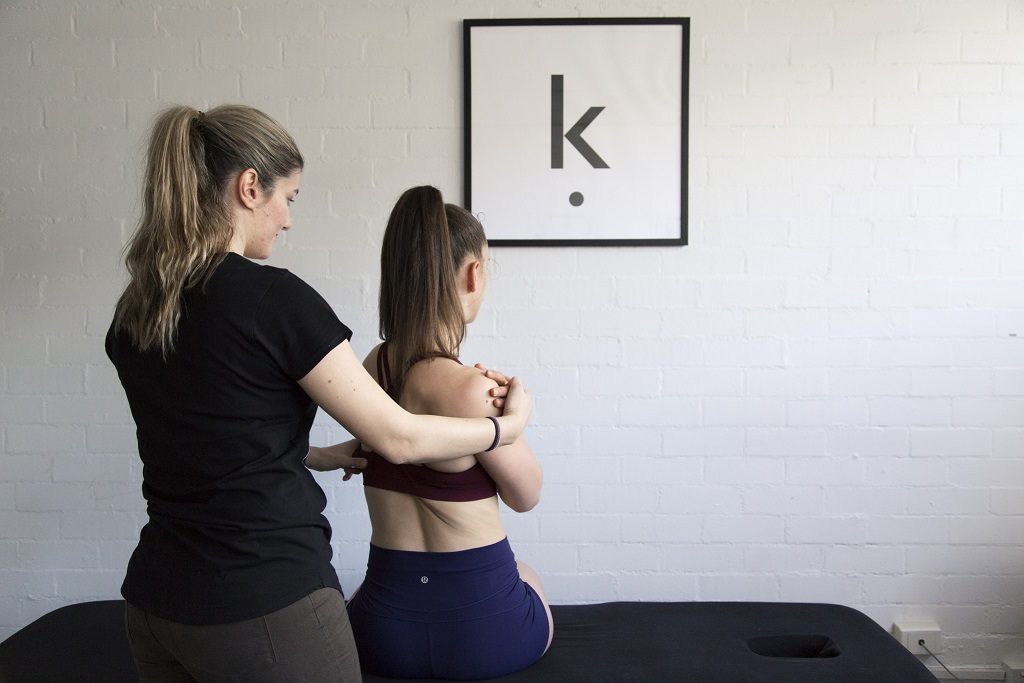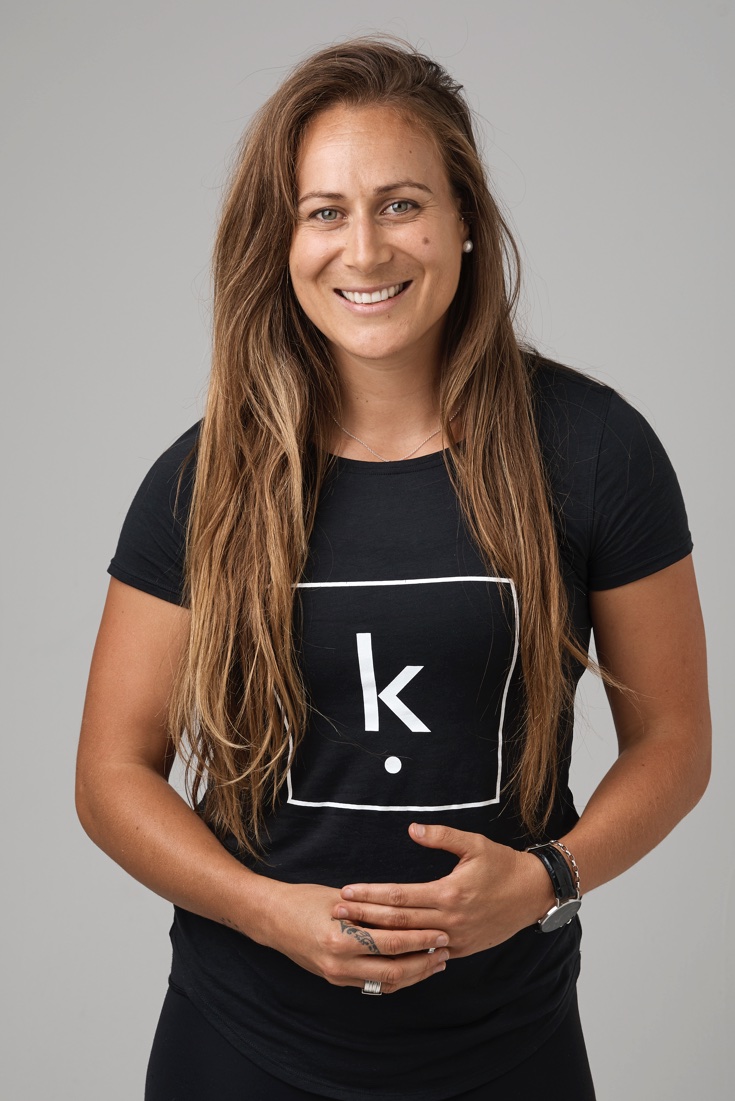Dry Needling vs. Acupuncture.
August 2ndAs a physiotherapist, I frequently use dry needling as a treatment modality and one of the most common questions I get asked is – what is the difference between dry needling and acupuncture.
Dry needling and acupuncture both involve puncturing the skin with thin filament needles for therapeutic purposes. While they use similar needles and have a shared aim to provide relief from pain, the practices are otherwise very different.
Acupuncture is a treatment modality used in Chinese medicine that has been around for thousands of years. The treatment involves placing needles into specific areas of the body associated with energy pathways (known as meridian lines) that link to internal organs, altering energy flow or ‘chi’ to create balance in the body.
In comparison to acupuncture, dry needling is an evidence-based technique following anatomical and neurophysiological guidelines. Acupuncture needles are administered into myofascial trigger point sites to treat neuromuscular conditions, relieve pain, and/or improve range of motion.
What are myofascial trigger points?
Myofascial trigger points are nodules located in taut bands of muscle. They are hyperirritable and may cause pain locally as well as refer pain out far from its location. These trigger points, however, are not always ‘active’ and may lie dormant and not pose a problem to the function of a muscle. However, when ‘active’ or sensitised, it often causes pain as well as tightness through the muscle fibres. This alters the recruitment pattern of a muscle and therefore alters its function and the functioning of muscles connected through the myofascial lines. Many factors can contribute to the formation and sensitisation of myofascial trigger points. These include:
- repetitive strain and overload
- trauma
- immobilisation
- stress and anxiety
- neurological conditions
- external factors such as the cold

How does dry needling work?
Dry needling works in a multifaceted way to produce its pain suppression mechanism. Firstly, when the needle pierces the skin, the brain processes the threat of tissue damage. This causes a release in opioid peptides which work as an analgesic. Secondly, particularly when a needle is inserted deep into the trigger point, both the serotonergic and noradrenergic systems are activated. This blocks the passage of pain information to the brain as the messages are stopped at the level of the spinal cord, alleviating the myofascial trigger point pain.
What will I feel?
Initially, there will be a sharp sensation that lasts for only a second, then you may experience a dull ache and heaviness. Another way in which dry needling works is to produce a ‘twitch’ response which will feel like a short spasm through the muscle. This is a rapid contraction and then relaxation in the muscle fibres which will lengthen the shortened tissue, returning it to its normal tension. There may be redness and some minor bruising/bleeding. It is important to drink lots of water before and after treatment and it may be tender over the treated area for two to three days.

What are the benefits over other techniques?
When comparing dry needling to other manual treatment techniques for trigger point release, there are many benefits including:
- Dry needling helps to regain muscle length without affecting the surrounding tissue structures.
- It is easy to assess how effective it is as most people notice an immediate improvement.
- It is less painful than deep massage and manual trigger point release.
- It may help with improvements in sleep and relaxation.
- Time effective technique as practitioners can release multiple areas at once.
All of our clinicians (biomechanist, osteopath, myotherapist and physiotherapists) are trained in dry needling and commonly use it as a treatment modality in conjunction with other manual therapy techniques. Your clinician will always assess the appropriateness and effectiveness of dry needling as part of your overall rehabilitation plan.
For more information or if you’d like to see if dry needling is right for you, the team at Kinematics will be more than happy to provide guidance.
